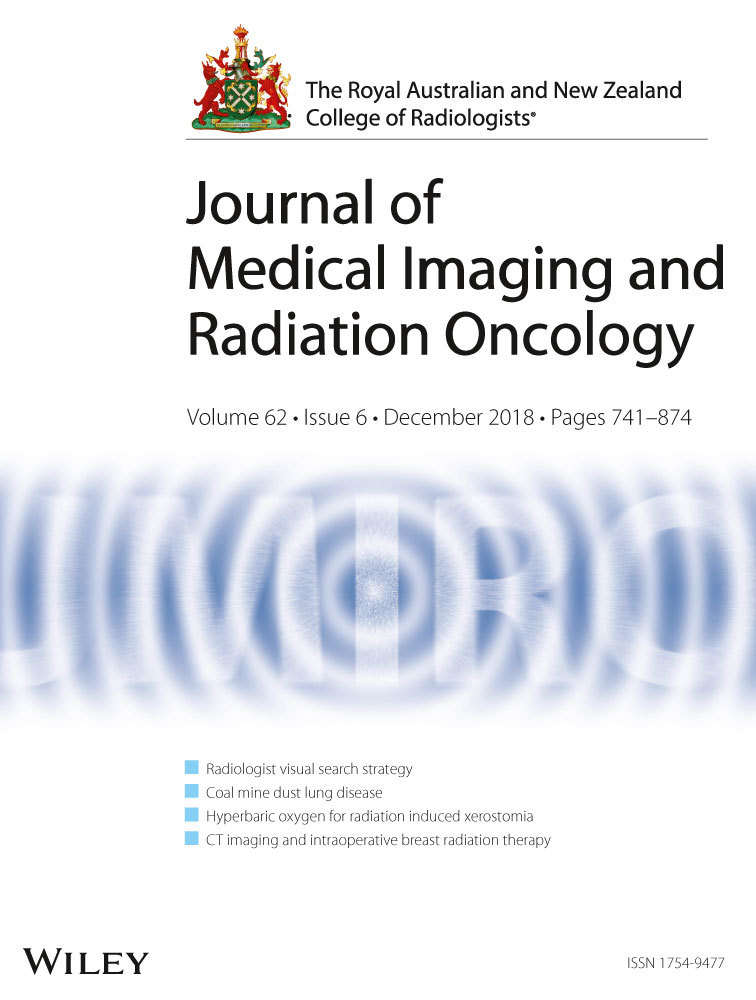The status of radiation oncology teaching in Australian and New Zealand medical schools
Abstract
Introduction
Radiation therapy is a core component of curative and palliative cancer treatment; however, its indications and benefits remain poorly understood across the medical profession.
Methods
An electronic survey focussing on curriculum content, teaching and assessment in radiation oncology and plans for curriculum change was developed. The Faculty of Radiation Oncology, Royal Australian and New Zealand College of Radiology (RANZCR) distributed the survey to all 24 Australian and New Zealand medical schools. The survey was conducted from November 2017 to January 2018 following ethics approval.
Results
Sixteen of the 24 (67%) medical Faculties in Australia and New Zealand responded. Ninety-four percent of Faculties had no formal radiation oncology curriculum. Most Faculties (87%) dedicated <15% of the total medical course to oncology, of which the majority (63%) dedicated <10% to radiation oncology. At least 50% of Faculties did not offer formal radiation oncology teaching to all students. When offered, students’ exposure to radiation oncology was often <5 days over the entire course (44%). The majority of medical schools (73%) are planning curriculum changes in the next 5 years; however, most have no intention of changing radiation oncology teaching.
Conclusion
Radiation oncology continues to be underrepresented in medical curricula throughout Australia and New Zealand with no plans for improvement by Faculties. This study supports the need for formal advocacy for improving radiation oncology education in medical schools and will form the basis of new national recommendations for radiation oncology curriculum development.




